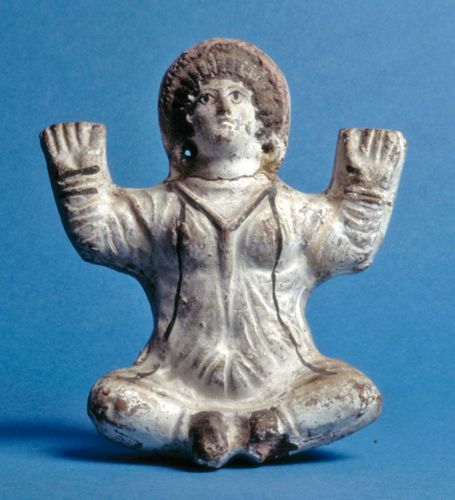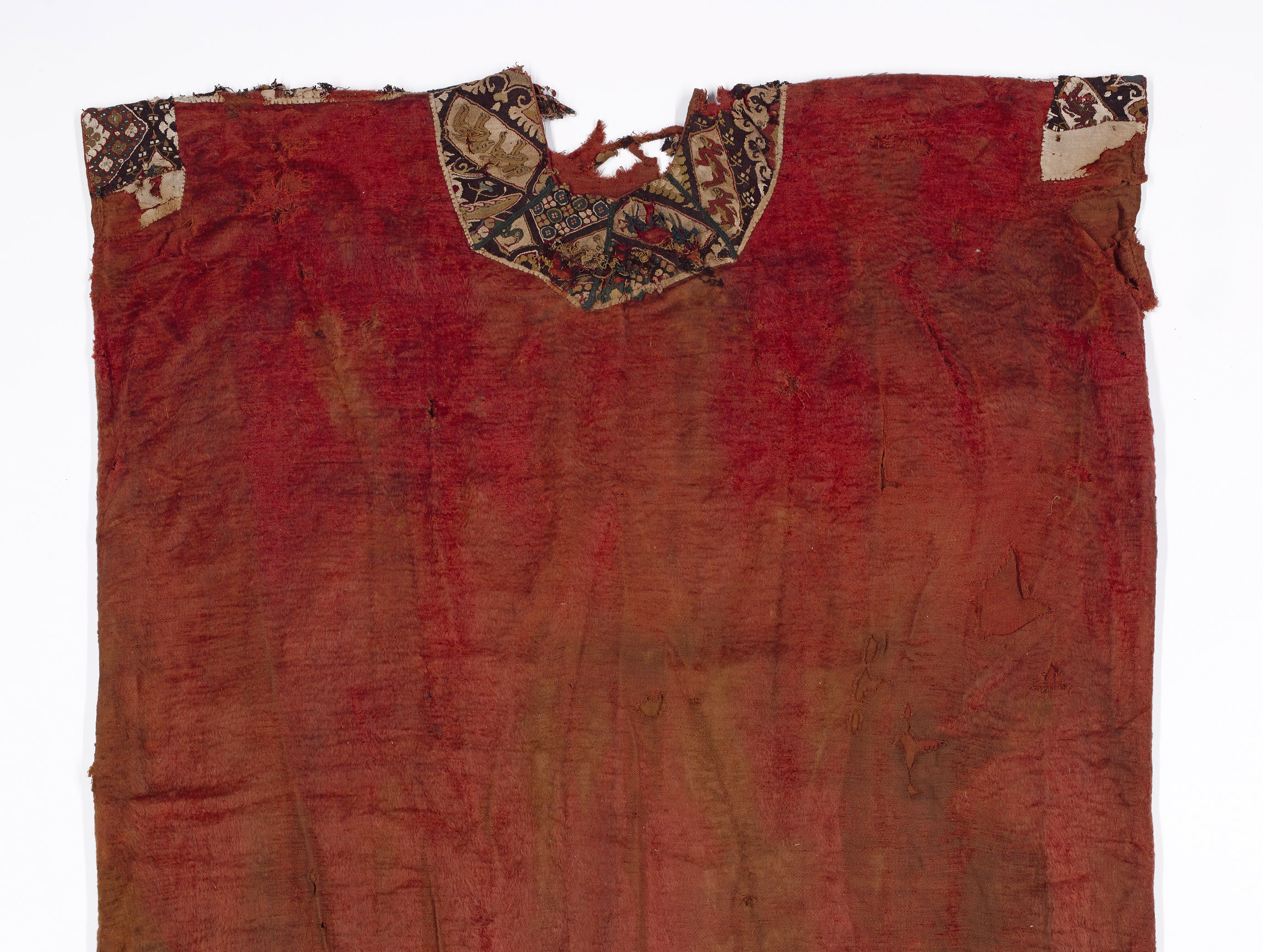From Copts to Crusaders
Christianity flourishes after its introduction in Egypt. The Jewish community is the first to convert, and Christianity then starts to spread. Christians are initially viewed with suspicion and, on numerous occasions, even persecuted. But their numbers grow significantly after Emperor Constantine the Great converts to Christianity in the early fourth century.
Egyptian Christians develop a language of their own, called Coptic. It enables them to write the spoken Egyptian language using adapted Greek letters. This language is mostly used by a growing group of believers who withdraw from society. One well-known figure is St. Antonius, who retreats into the desert. Thousands follow his example, some living as hermits and others in groups. Stories about this Egyptian movement provide plenty of inspiration for later European monks and nuns. In the seventh century the Middle East and Egypt are conquered by Islamic Arabs. Medieval Europe makes numerous attempts to conquer the Holy Land, especially because Jerusalem is an important destination for pilgrims. We now call these attempts the Crusades.
The Copts do not mummify their dead but instead wrap them in clothing and textile binding. Many lavishly adorned articles of clothing as well as texts on papyrus survive because of the aridity of the Egyptian desert. Important historical documents and pieces of writing also survive in the hundreds of monasteries, which create an intellectual bridge, as it were, between Antiquity and the Middle Ages.



